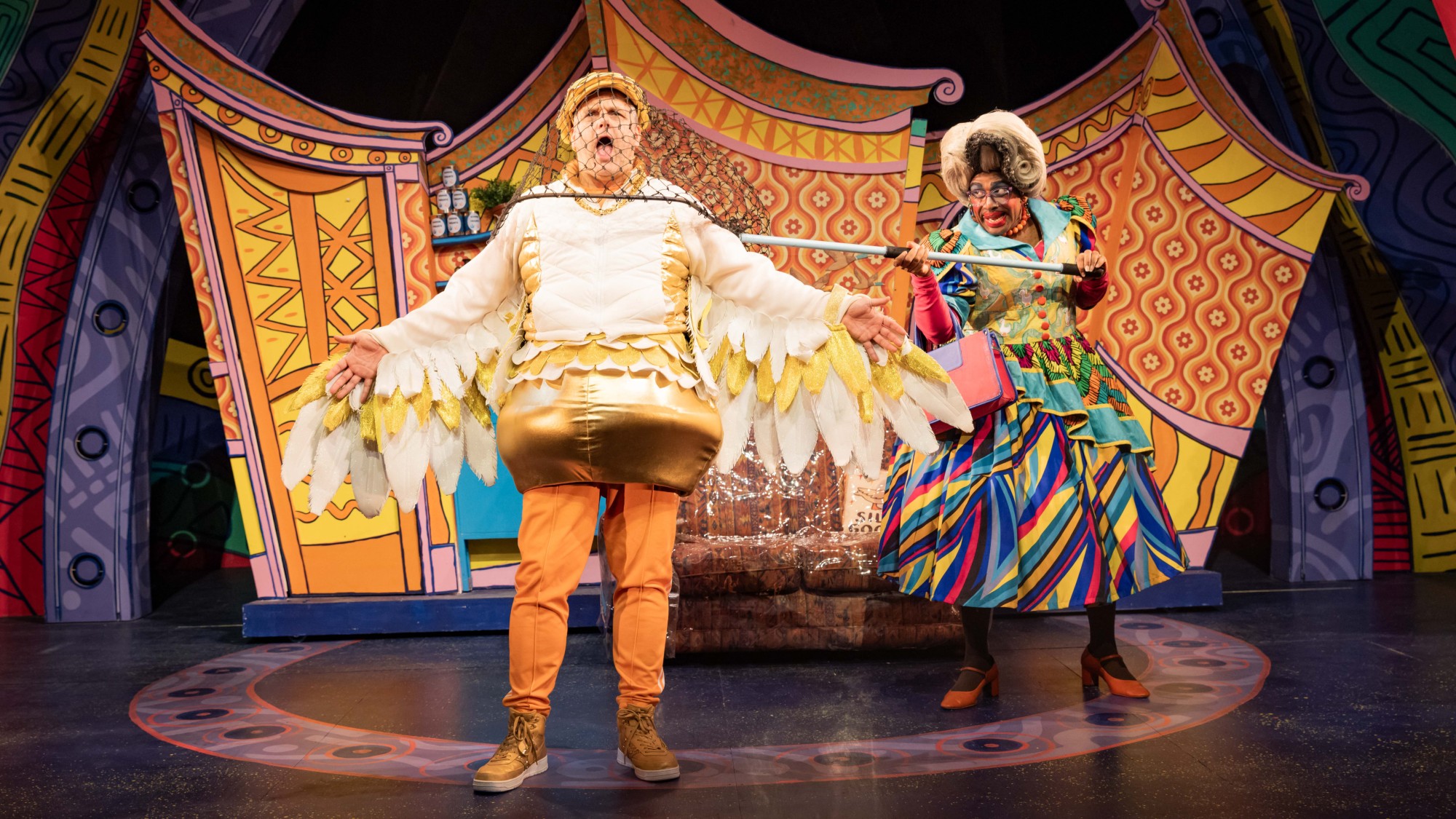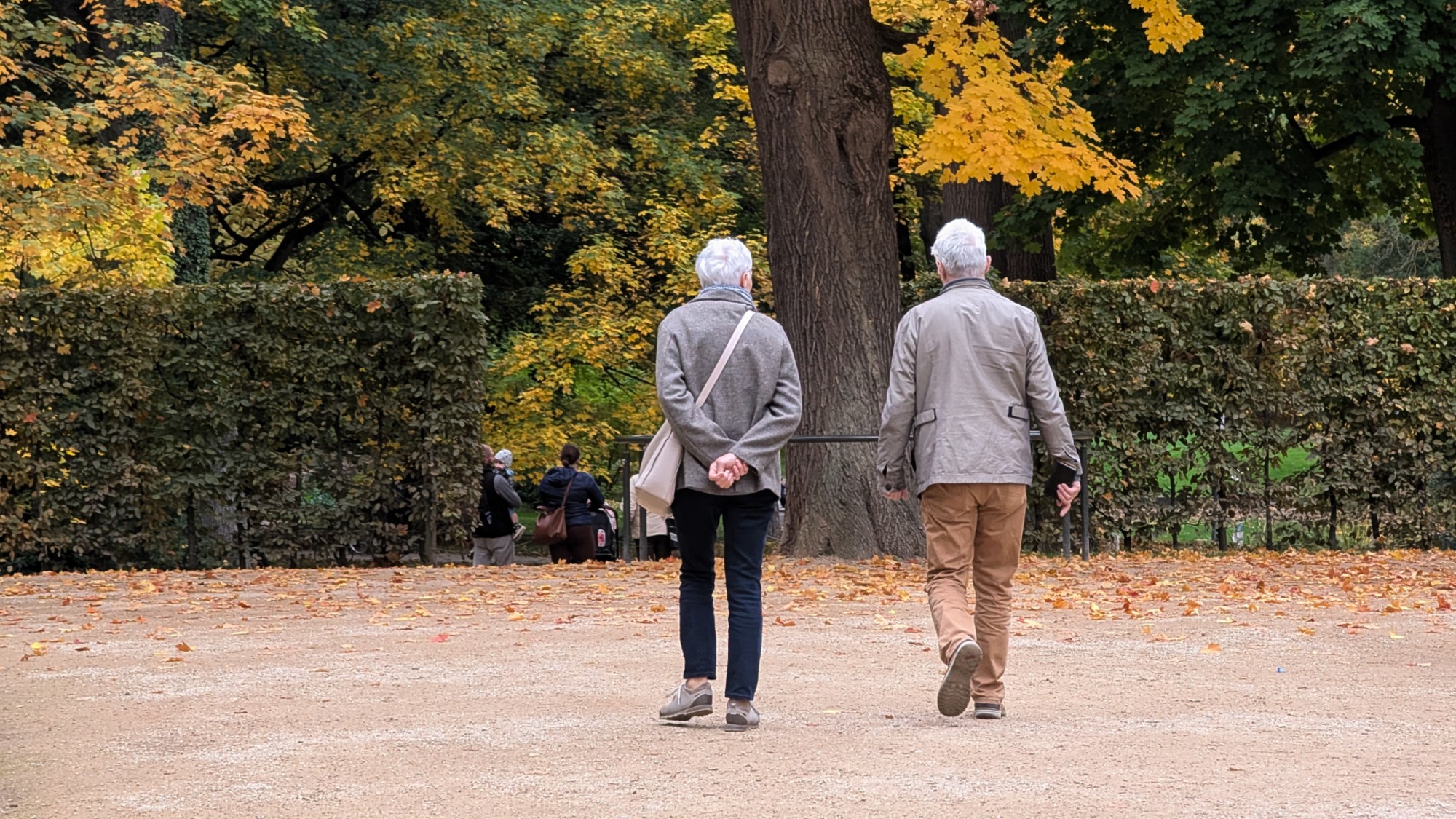The Seduction of Light: Ammi Phillips | Mark Rothko
The exhibit at the American Museum of Folk Art finds common ground between the abstract paintings produced by Mark Rothko and the 19th-century folk portraits created by Ammi Phillips.
The Seduction of Light: Ammi Phillips | Mark Rothko
American Folk Art Museum, New York
Through March 29
The Week
Escape your echo chamber. Get the facts behind the news, plus analysis from multiple perspectives.

Sign up for The Week's Free Newsletters
From our morning news briefing to a weekly Good News Newsletter, get the best of The Week delivered directly to your inbox.
From our morning news briefing to a weekly Good News Newsletter, get the best of The Week delivered directly to your inbox.
This “unexpectedly stunning show” juxtaposes the paintings of an artistic odd couple, said Ariella Budick in the Financial Times. They came from different cultures, “lived a century apart,” and worked in two drastically different modes. But the American Museum of Folk Art will convince you that the famous abstract canvases Mark Rothko produced in 1950s New York share a deep and mysterious connection with 19th-century folk portraits created by a relatively unknown Massachusetts painter named Ammi Phillips. The most obvious connection is color. Frederick A. Gale (c. 1815) is a Phillips portrait of a “solemn” young boy with a schoolbook. His shoes are red and his suit green, but what’s most notable is the luminous ochre background, whose texture resembles the colored squares of Rothko’s No. 1 (1961), which hangs right beside it. “It’s impossible to miss the similarities between the planes of color” in the two paintings, or the two painters’ shared pursuit of “pure luminescence.”
This show is “illuminating” in more ways than one, said Ken Johnson in The New York Times. “The exhibition reveals parallel ways of dealing with surface, color, and light.” In particular, a similar faint, glowing quality may be traceable to the fact that both artists ground their own pigments for their paint, which they applied in layers so thin they sometimes seem evanescent. The pink and beige of Phillips’ Harriet Campbell (c. 1815), for instance, “evinces a subtlety of light and shade that reflects luminous parts of Rothko’s paintings.” But perhaps what links the two painters most closely is a “metaphysical dimension” most other painters lack. Phillips’ eerily poignant portraits can seem like ghostly apparitions, while Rothko’s abstractions form doorways to “ethereal realms of mind and space.”
A free daily email with the biggest news stories of the day – and the best features from TheWeek.com
-
 ‘Stakeknife’: MI5’s man inside the IRA
‘Stakeknife’: MI5’s man inside the IRAThe Explainer Freddie Scappaticci, implicated in 14 murders and 15 abductions during the Troubles, ‘probably cost more lives than he saved’, investigation claims
-
 The UK’s best Christmas pantos
The UK’s best Christmas pantosThe Week Recommends Dive into the festive cheer, even into the new year, with some traditional favourites and modern twists
-
 The longevity economy is booming as people live longer
The longevity economy is booming as people live longerThe Explainer The sector is projected to reach $27 trillion by 2030